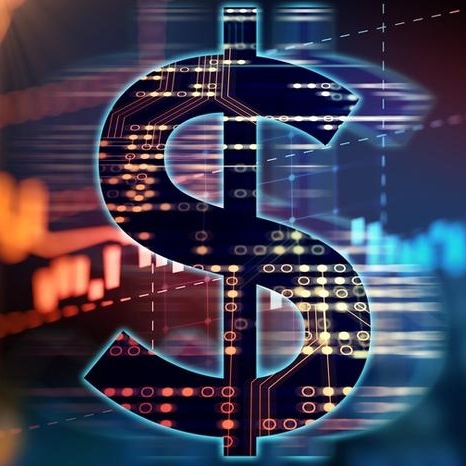
Aussies increase digital payments uptake but confidence and trust key to more widespread adoption
Consumers in Australia remain enthusiastic adopters of digital payments, with more than 80% having used technologies like digital wallets, QR codes, Buy Now Pay Later (BNPL), cryptocurrencies, biometrics and others in the last year. What’s more, 51% of Australian consumers increased their usage of at least one digital payment method during the same period, demonstrating momentum.
The latest data on payment habits, attitudes and preferences was published in Mastercard’s second annual New Payments Index (NPI): a global consumer survey spanning five regions and 40 markets, including Australia and six others in the Asia Pacific.
While the COVID-19 pandemic was the catalyst for the unprecedented, rapid uptake of digital payments, the latest research indicates that the change has been lasting, with 44% of survey respondents in Australia cutting back on their use of cash payments in the last year.
Australian consumers’ appetite for seamless, convenient, and secure digital payment methods has continued to grow, however, respondents indicated that they had reservations about the security and institutional backing of new options. In fact, when deciding which payment method to use, security (56%) had the greatest influence on consumer choice, beating out rewards (30%), discounts/promotions (28%), and low interest rates (21%).
Richard Wormald, Division President Australasia, Mastercard, said, “While the pandemic accelerated the adoption of new payment technologies, Mastercard’s research shows that Australians have consistently demonstrated a willingness to embrace innovative, digital payment options. The survey findings also reinforced the need for businesses to provide choice to meet consumer needs and expectations, both online and offline. Mastercard is at the forefront of this evolution, focused on providing safe, secure and seamless payment technology, when, where and how Australians choose to shop and pay.”
Notably, the Australian report also revealed:
Increased reliance on fintech, and indirectly using open banking for everyday finance needs
In Australia, most consumers rely on fintechs to accomplish everyday financial tasks, with bill payment (78%) and banking (75%) emerging as top use cases. In addition, 42% of Australians know at least a little about open banking, while 53% have connected their accounts for banking activities.
On average, users have three reasons for linking accounts: faster transactions (42%), more convenience to track and manage bill payments (40%), and the ability to easily track transactions between accounts (34%). Moreover, top barriers to using open banking include financial security (34%) and personal identity security (32%). Consumers are increasingly relying on digital channels for paying bills because it is more convenient and optimises financial management.
Biometrics is unbeatable for convenience and security, but privacy worries remain
There’s broad recognition among consumers in Australia that using biometric identification is easier than remembering PINs or passwords (63%), and more secure than these traditional methods of verification for identity (58%) and payments (56%) with top use cases being fingerprint (49%) and facial recognition (45%). At the same time, only 42% of Australians felt comfortable sharing their biometric data to save time, while 74% were concerned about which entities would have access to this data. Despite this, 34% of Australian consumers used biometrics for at least 1 task in the last year, demonstrating both an enthusiasm for the convenience of the technology, and untapped potential if providers can properly address consumers’ misgivings about privacy.
BNPL awareness is high while comfort is mixed; institutional offerings preferred
Australia is ahead of the curve with BNPL usage, as 33% of consumers say they used in the past year, while only 21% of consumers globally have used these installment plans. In particular, consumers in Australia are drawn to BNPL offerings for their low/no interest payments, in times of emergency and when they want to expedite bigger purchases. Looking ahead, 45% in Australia say they are likely to use BNPL in the next year. At the same time, building trust and comfort is key as Australian consumers feel safer using BNPL solutions backed by a major payment network (60%) or their existing bank (56%), rather than from other providers.
Broad awareness but relatively low knowledge of new digital currencies and assets
Consumers in Australia have heard of cryptocurrencies (92%), non-fungible tokens (NFTs) (62%) and other digital assets — but uptake has been gradual. For now, the focus is on investment. Among Australian consumers, 21% (and 34% of Australian millennials) report holding crypto as an investment during the past year, while future use cases that are popular among respondents include using crypto to redeem rewards, invest and make everyday payments.
According to those surveyed, more involvement from governments and dependable institutions like banks (cited as the most trusted provider of digital currencies) would boost their confidence in crypto. Diving deeper, 62% agreed that governments should regulate the cryptocurrency and stablecoin industry, while 49% would feel more confident investing in crypto or digital currencies that are issued or backed by a reputable organisation.


